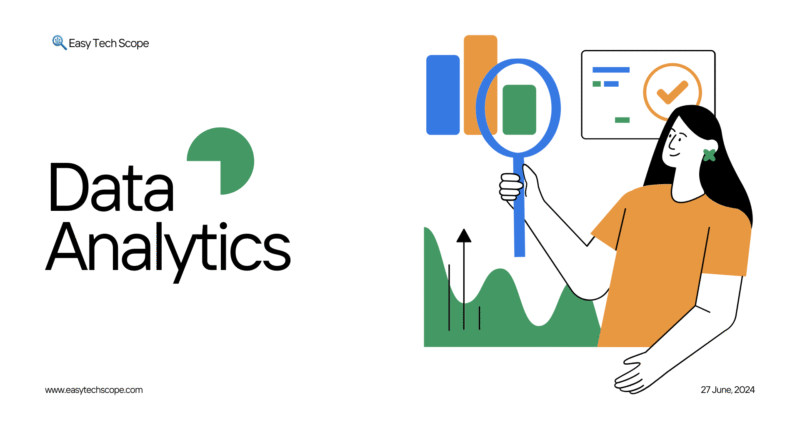In today’s fast-paced digital economy, businesses are no longer just collecting data—they’re using it to make smarter, faster, and more strategic decisions. Modern data analysis techniques are transforming raw numbers into valuable insights that help companies stay competitive, understand customers better, and optimize operations. Let’s explore the key approaches that businesses need to adopt today.
Why Modern Data Analysis Matters
Data is often called the “new oil,” but it only becomes valuable when refined through proper analysis. With the right tools and techniques, companies can:
-
Understand customer behavior in real-time
-
Predict market trends with greater accuracy
-
Enhance decision-making using evidence instead of guesswork
-
Reduce risks by spotting issues early
The shift from traditional reports to advanced analytics ensures that businesses are not just reacting but proactively planning for growth.
Key Modern Data Analysis Techniques Businesses Should Use
1. Predictive Analytics
Predictive analytics uses statistical algorithms and machine learning to forecast future outcomes. For example, e-commerce businesses can predict which products customers are likely to buy next, while banks can identify potential fraud before it happens.
2. Real-Time Analytics
Speed is critical in today’s markets. Real-time analytics processes live data streams, allowing companies to make immediate decisions. Retailers can adjust pricing dynamically, while logistics companies can reroute shipments instantly based on traffic or weather updates.
3. Data Visualization
Complex datasets become more understandable through visualization tools like dashboards, charts, and heat maps. Executives can see patterns quickly without digging into spreadsheets, making decisions faster and more confidently.
4. Text and Sentiment Analysis
With the rise of social media, customer reviews, and online conversations, businesses can no longer ignore unstructured data. Sentiment analysis helps companies gauge public opinion about their brand or products and adjust strategies accordingly.
5. Prescriptive Analytics
While predictive analytics tells you what might happen, prescriptive analytics goes a step further by suggesting what actions to take. For example, it can recommend the best supply chain strategy based on multiple future scenarios.
Tools Powering Modern Data Analysis
Businesses now have access to powerful platforms that make advanced analysis more accessible:
-
Power BI and Tableau for visualization
-
Python and R for advanced statistical modeling
-
Apache Spark and Hadoop for handling big data
-
AI-powered cloud platforms like Google BigQuery or AWS for scalable analytics
These tools allow companies of all sizes to implement advanced data strategies without needing massive IT departments.
Conclusion: Turning Insights Into Action
Modern data analysis is no longer optional—it’s essential for survival in a competitive marketplace. By adopting techniques such as predictive analytics, real-time monitoring, and sentiment analysis, businesses can transform data into actionable decisions that drive growth and innovation.
The companies that thrive in 2025 and beyond will be those that treat data as a strategic asset, not just a collection of numbers.









